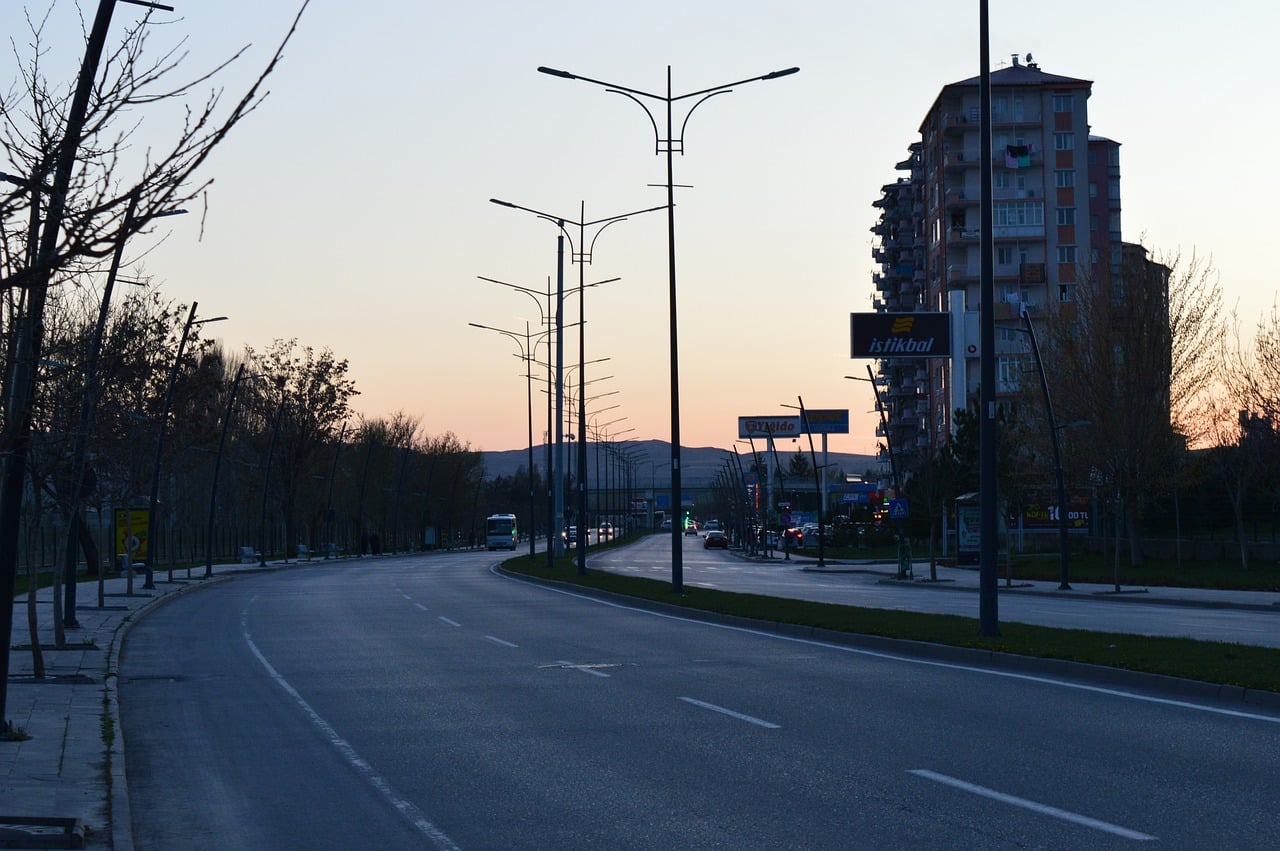What Challenges Do Self-Driving Cars Face in Complex Urban Environments?

As we venture deeper into the 21st century, the world of transportation is undergoing a significant transformation. The advent of autonomous vehicles (AVs), or self-driving cars, is changing the dynamics of road traffic. However, this futuristic technology is not without its challenges, especially when maneuvering complex urban environments.
Understanding Autonomous Vehicles
Before delving into the challenges, it’s crucial to understand what AVs are and how they operate. Autonomous vehicles are essentially driverless cars, operating on sophisticated technology that combines sensors, algorithms, machine learning, and big data to navigate the roads. These vehicles use a network of cameras and sensors to detect and respond to objects around them, ensuring they stay on the right path and avoid collisions.
Lire également : How Can AI Assist in Predicting and Managing Urban Traffic Flow?
The data generated and processed by these systems is monumental. To give you an idea, a single autonomous vehicle can generate up to 4 terabytes of data per day. This data is used to inform the car’s decisions on everything from speed and navigation, to whether it’s time to stop at a gas station.
Navigating the Urban Jungle
The most significant challenge for autonomous vehicles is the complexity of urban environments. Cities are constantly buzzing with activity. Pedestrians, cyclists, and other vehicles crowd the roads, not to mention the wildcard of unpredictable human behavior.
Sujet a lire : What Role Does AI Play in Optimizing Urban Planning and Infrastructure Development?
For instance, humans can easily understand a traffic policeman’s hand signals, but for a self-driving car, this is an enormous challenge. Moreover, a pedestrian suddenly deciding to jaywalk or a cyclist darting out from a hidden corner can put the vehicle’s systems to a test.
Decoding Human Behavior
One of the key challenges AVs face is interpreting human behavior, a task that even we humans sometimes find difficult. Consider a simple scenario; a pedestrian standing at the edge of a sidewalk. Is he going to cross the road or is he just waiting? A human driver can often intuit the answer by observing body language and making eye contact. An autonomous vehicle, however, cannot interpret these subtle signals.
This uncertainty can lead to inefficient driving. For instance, the autonomous car might stop unnecessarily, disrupting the flow of traffic and causing annoyance to human drivers. Currently, technology has not evolved enough to completely understand or predict human behavior, which makes it a significant hurdle for AVs.
Adapting to Infrastructure and Traffic Rules
Another major challenge is adapting to varied infrastructure and inconsistent traffic rules around the world. Road conditions, traffic signals, and signages vary widely, and sometimes, they may not even be clearly visible or recognizable.
In some parts of the world, traffic rules are more of a suggestion than a law. In such scenarios, autonomous cars, designed to strictly follow traffic rules, will struggle. Innovation in machine learning and artificial intelligence is required to train these vehicles to adapt to different driving cultures and conditions.
Safety and Security Concerns
Safety remains a concern for the industry. While AVs have the potential to significantly reduce accidents caused by human error, they are not completely immune to mishaps. For instance, in complex driving scenarios like road construction or emergency situations, the vehicle might struggle to make the right decision.
Moreover, cybersecurity is an emerging challenge. The software that runs the AVs is vulnerable to hacking, which can lead to serious accidents. Further efforts are needed to enhance the security measures of these vehicles and to build public trust in this new technology.
Despite these challenges, the potential benefits of autonomous vehicles are immense. They promise to revolutionize the transportation industry, reduce traffic congestion, and significantly cut down on accidents caused by human error. But before we can fully embrace this technology, we need to address these challenges head-on, and that will require time, effort, and innovation. It’s an exciting time in the world of transportation, and we are all eager to see what the future holds.
Weather Conditions and Physical Obstacles
Weather is another common challenge that autonomous vehicles face. Snow, rain, fog, and other weather conditions create visibility problems not only for human drivers but also for the sensors and cameras of self-driving cars. In heavy rain or snowfall, these sensors can become obscured, making it difficult for the car to interpret its surroundings and make real-time decisions.
Physical obstacles also pose a substantial problem. For instance, potholes, road debris, or unexpected objects on the road can be hard for the sensors to detect, especially if they are too small or too irregular. Moreover, the current autonomous driving technology struggles with identifying and appropriately responding to temporary traffic lights or road work signals.
Another aspect of the physical environment that AVs find challenging is the absence of well-defined lane markings. This becomes especially problematic in areas which are not frequently maintained or in conditions where these markings are temporarily erased or covered, such as during snowfall. In such situations, it becomes difficult for the autonomous vehicle to stay within its lane or to follow the appropriate driving path.
Integrating AVs into Public Transportation Systems
Integrating autonomous vehicles into existing public transportation systems is no easy task. It involves synchronizing AVs with traditional vehicles, cyclists, pedestrians, and infrastructure, which is a complex endeavor. Furthermore, these vehicles need to communicate with each other and with traffic management systems, forming a connected transportation network.
Ensuring this level of interoperability will require significant advancements in both vehicle technology and transportation systems. For example, creating a shared communication platform for all vehicles and infrastructure, developing protocols to manage traffic in real-time, and establishing rules for prioritizing different types of traffic.
Moreover, the integration process will also need to address societal factors. Public acceptance of autonomous cars is a crucial factor for their successful integration. This will involve addressing fears related to safety and security, ethical dilemmas, privacy concerns, and potential job losses in driving-related professions.
Conclusion
The journey towards fully autonomous driving is filled with challenges. From navigating complex urban environments, decoding human behavior, adapting to varied infrastructures, traffic rules, weather conditions, to integrating into public transportation systems, there is a long road ahead for this technology.
However, the potential rewards are worth the effort. Autonomous vehicles promise a future with less traffic, fewer accidents, and sustainable transportation. They could transform our cities, making them safer and more efficient. But to realize this potential, we need to overcome current hurdles and ensure that these vehicles can operate safely and efficiently in real-world conditions.
As we continue to advance artificial intelligence and machine learning technologies, it’s highly likely that many of these obstacles will be overcome. The future of transportation is exciting indeed, and it’s clear that autonomous vehicles will play a significant role in shaping it. With continued research and development, it’s not a question of if driverless cars will become a mainstream reality, but when.
